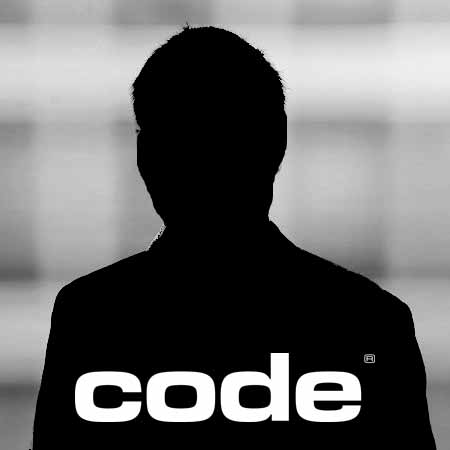Basics of the Not-So-Basic Barcode
How Barcode Scanners Can Transform and Streamline Your Business
If you’ve found your way to this blog, chances are you’ve already identified that your business might need barcode scanners (also called barcode readers). If you’ve done a few web searches for scanners to purchase, you were probably overwhelmed with the seemingly limitless variety of options on the market. The sheer number of advanced barcode readers might’ve led to questions like "what kinds of information are barcode scanners capable of holding?" or "what applications could they have for my business?" We’ll answer some of those questions to give you a high-level overview of the world of barcode scanners and what these data capture devices can do for you and your business.

What is a barcode scanner?
At its most basic, a barcode scanner is an optical scanner that uses light to copy coded data, decode it, and transmit it to a computer. The barcode was originally invented way back in 1948, on the sands of Miami Beach, no less. But it wasn’t until 20 years later when national grocers like Kroger pleaded for a solution to the long lines at supermarket checkout queues that the breakthrough technology would find broad adoption.
Initially, barcode scanners were often extremely limited in what data they could decode, with various industries all having their own adaptations and requiring specialized or even proprietary technology to operate. You can see instances of this still lingering today, but thanks to advances in technology, modern barcode scanners are versatile and multifunctional.
What information can a barcode hold?
If we consider the capabilities of 2D or Matrix barcodes, then the answer is just about anything. Still, the barcode regarded as standard today is a linear, 1D barcode inspired by Morse Code that consists of white and black lines of varying widths.
Barcodes typically store product information such as price and weight, date of manufacture, expiration date, and the manufacturer’s name. The greatest limit on a barcode is that the more information stored, the larger the barcode must be. To remain compact, unobtrusive, and easily scannable, most barcodes contain fewer than 25 characters. 1D barcodes cannot support special characters, while 2D barcodes do.
How could barcode scanner technology help my business?
Barcodes are widespread in manufacturing, supply chain management, shipping and transportation, logistics, healthcare, pharmaceuticals, and libraries. Today, with the rise of a 2D barcode technology called Quick Response code—better known as the QR code—even marketing and hospitality frequently use barcodes.
The more your business grows, the more sense it makes to consider barcode scanners to simplify your business and its data collection efforts.
Does your business have more than a handful of employees, and are those employees provided laptops, tablets, phones, or computers by the organization? Barcode technology can track this equipment for easy maintenance and recordkeeping.
- Does your business handle a large volume of shipments? Barcode technology can track shipments from origination to destination, anywhere in the world.
- Does your business have a warehouse full of inventory? Barcode technology can identify, track and locate it in seconds.
- Does your business have large work orders with lots of moving parts and individual tasks subordinate to it? Barcode technology can quickly and easily assign items and tasks to work orders.
Simply put, any business that needs to track inventory or equipment should consider barcode and barcode reader technology to save time and resources while reducing costly errors and redundancy.
Interested in streamlining workflows, whether it’s healthcare or logistics? Contact Code and our experts will help tailor a barcode scanning solution to fit your needs.






